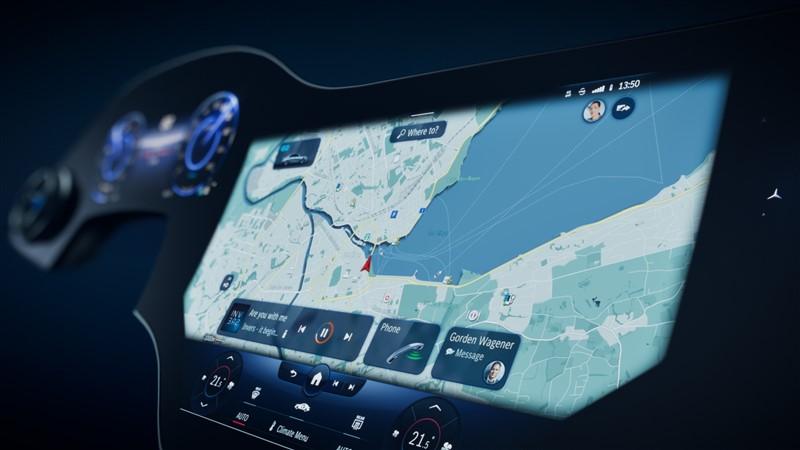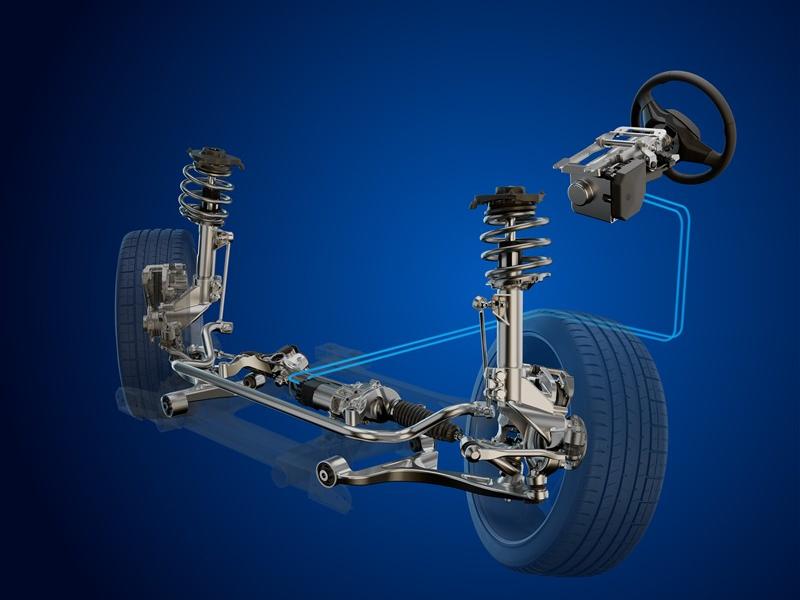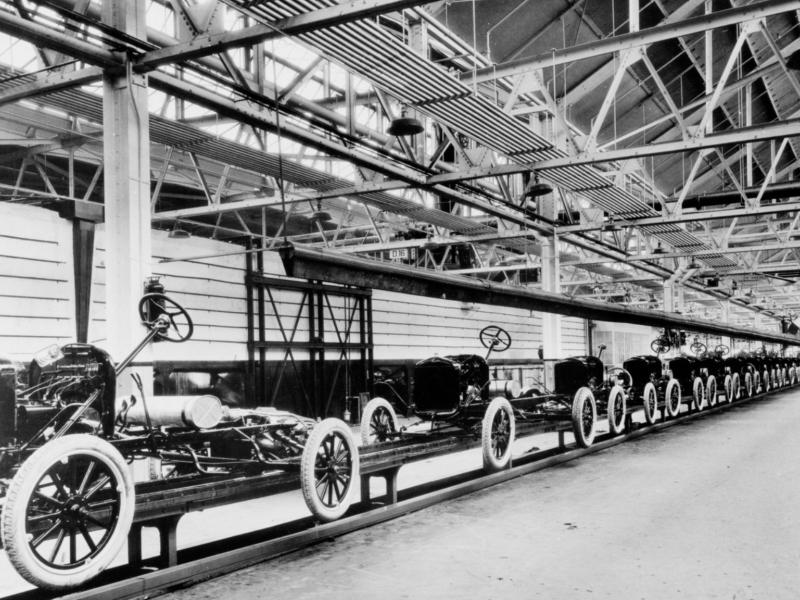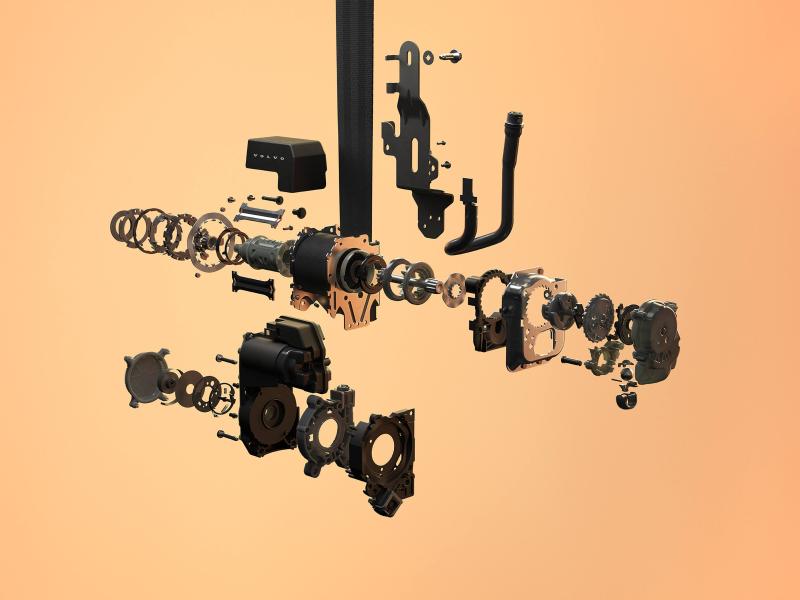MBUX (Mercedes-Benz User Experience) has radically simplified the operation of a Mercedes-Benz, the company says.
Unveiled in 2018 in the current A-Class, there are now more than 1.8 million Mercedes-Benz passenger cars equipped with it on the roads worldwide. The van division is also relying on MBUX.
The company says that a few months ago the second generation of this learn-capable system debuted in the new S-Class. The next big step now follows in the form of the new EQS and the optionally available MBUX Hyperscreen.
“With our MBUX Hyperscreen, a design vision becomes reality,” says Gorden Wagener, Chief Design Officer Daimler Group. “We merge technology with design in a … way that offers the customer unprecedented ease of use...”
“The MBUX Hyperscreen is both the brain and nervous system of the car,” says Sajjad Khan, Member of the Board of Management of Mercedes-Benz AG and CTO. “The MBUX Hyperscreen continually gets to know the customer better and delivers a tailored, personalised infotainment and operating offering before the occupant even has to click or scroll anywhere.”
The MBUX Hyperscreen is an example of digital/analogue design fusion: several displays appear to blend seamlessly, resulting in a curved screen band. Analogue air vents are integrated into this large digital surface to connect the digital and physical world.
The passenger [seat] also has its own display and operating area. With up to seven profiles, it is possible to customise the content. However, the entertainment functions of the passenger display are only available during the journey within the framework of the country-specific legal regulations. If the passenger seat is not occupied, the screen becomes a digital decorative part.






